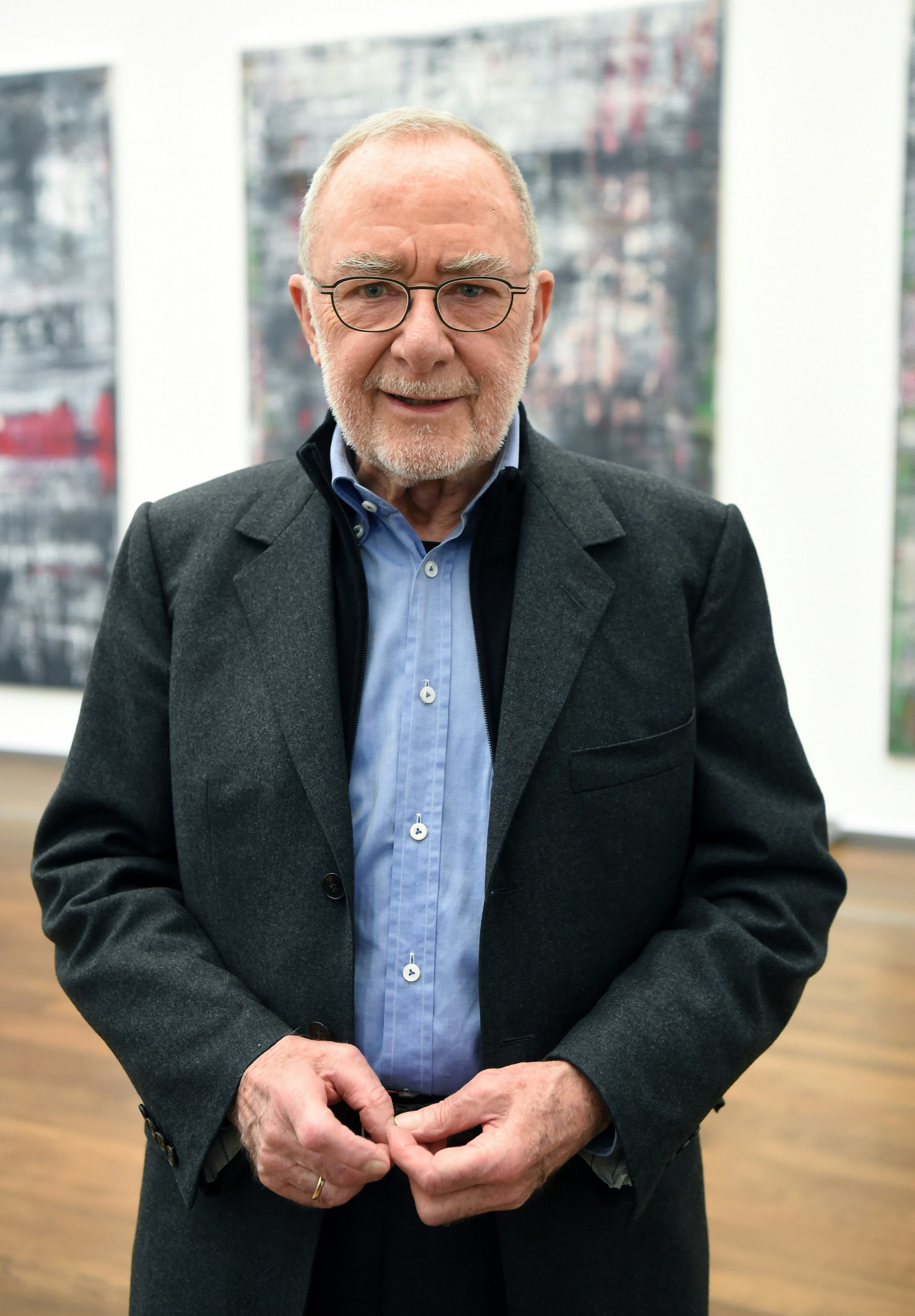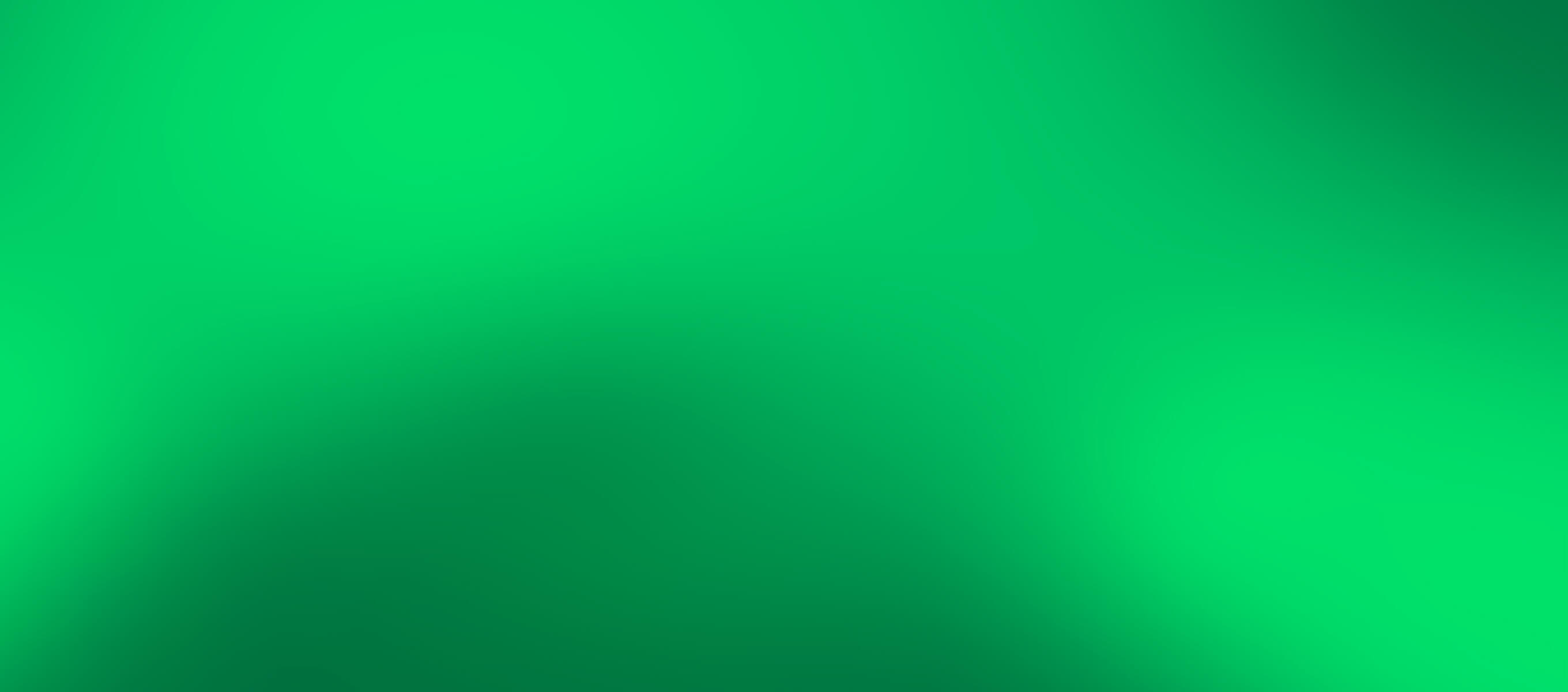Gerhard Richter

© Gerhard Richter. Photo Fondation Louis Vuitton / Martin Argyroglo
- Place
-
Espace Louis Vuitton Beijing
-
China World Mall South Zone W. Bldg. 1 Jianguomenwai Ave.
-
Beijing
- Phone
-
T. +86 216 1332 856
- Hours
-
Open everyday From 11 a.m. to 7 p.m.
On the occasion of its opening, the Espace Louis Vuitton Beijing is pleased to announce the presentation of an unprecedented exhibition dedicated to German artist Gerhard Richter. This presentation has been produced in the framework of the Fondation Louis Vuitton’s “Hors-les-murs” program, showcasing previously unseen holdings of its collection at the Espaces Culturels Louis Vuitton Tokyo, München, Venezia and Beijing, thus carrying out the Fondation’s intent to mount international projects and make them accessible to a broader public.
Working alongside but never fully embracing the late 20th century art movements such as Abstract Expressionism, Pop Art, Minimalism, and Conceptualism, Richter has consistently absorbed many of their ideas whilst remaining sceptical of their grand artistic and philosophical ideologies. This is evidenced through the artist’s remarkably varied body of work, including photography-based portraits, landscape and still-life paintings, gestural and monochrome abstractions, and colour chart grid paintings, where themes of chance, realism and abstraction are prominent.
In 2008, the National Art Museum of China presented for the first time the work of Gerhard Richter with a series of paintings from 1963 to 2007. Today, the Espace Louis Vuitton Beijing invites the public to continue the discovery of this internationally recognized artist.
Richter is an iconic artist of the Fondation Louis Vuitton Collection, which holds a number of his very significant works. A whole room was devoted to Richter’s work at the inauguration of the building in 2014. It was thus obvious to show a version never before exposed – Version VII – of Richter’s kaleidoscopic work, 4900 Colours (2007) in this new venue of Beijing. Composed of 196 panels, each consisting of 25 coloured squares that can be arranged in 11 core configurations, this work pursues the artist’s early investigation of colour field paintings which he began creating in 1966 by replicating, in large scale, industrial colour charts produced by paint manufacturers. It epitomizes Richter’s practice, and his constant quest to ultimately “desubjectivise” painting. In this regard, it seemed important to show a work emblematic of the artist’s oeuvre in painting, which is the privileged medium of Western tradition.
Also part of the Fondation’s collection, Strip (920-1), Strip (921-2) and Strip (921-5) (2011) are presented to further enhance the artist’s interest in the relationship between painting and photography, these works being in fact digital prints of augmented photographs taken of a previous squeegee painting created by the artist in 1990.
THE ARTIST
Gerhard Richter
Initially working in the academic tradition taught at Dresden Art Academy (in East Germany at that time), Gerhard Richter took up photography in the early 1960s, continuing on from the "capitalist realism" of his early works, reflecting upon painting and the purpose of art.
Marked by the experience of the war years, he found in this medium a critical distance from which to approach subjects in which politics and history are closely linked to the personal realm. Throughout his career, Richter has reproduced magazine and newspaper photographs as well as his own photographs of friends and family. At the same time he has developed a form of abstraction using coloured lines, gestural abstraction and monochrome. In this way, Richter revisits – not without an ironic distance – the history of painting, romantic and sublime themes, and geometric and lyrical abstraction. More than a parallelism, this coexistence between figuration and abstraction is like a mise en abyme, echoing the material depth of the “scratched” surface and of photographic elements perceived through other layers, or the mental depth in form of certain titles that refer to atmospheres, natural elements or people’s names. Rather than being reductive and conceptual, this lifetime’s research is radical in the way it hesitates between erasing and revealing.


